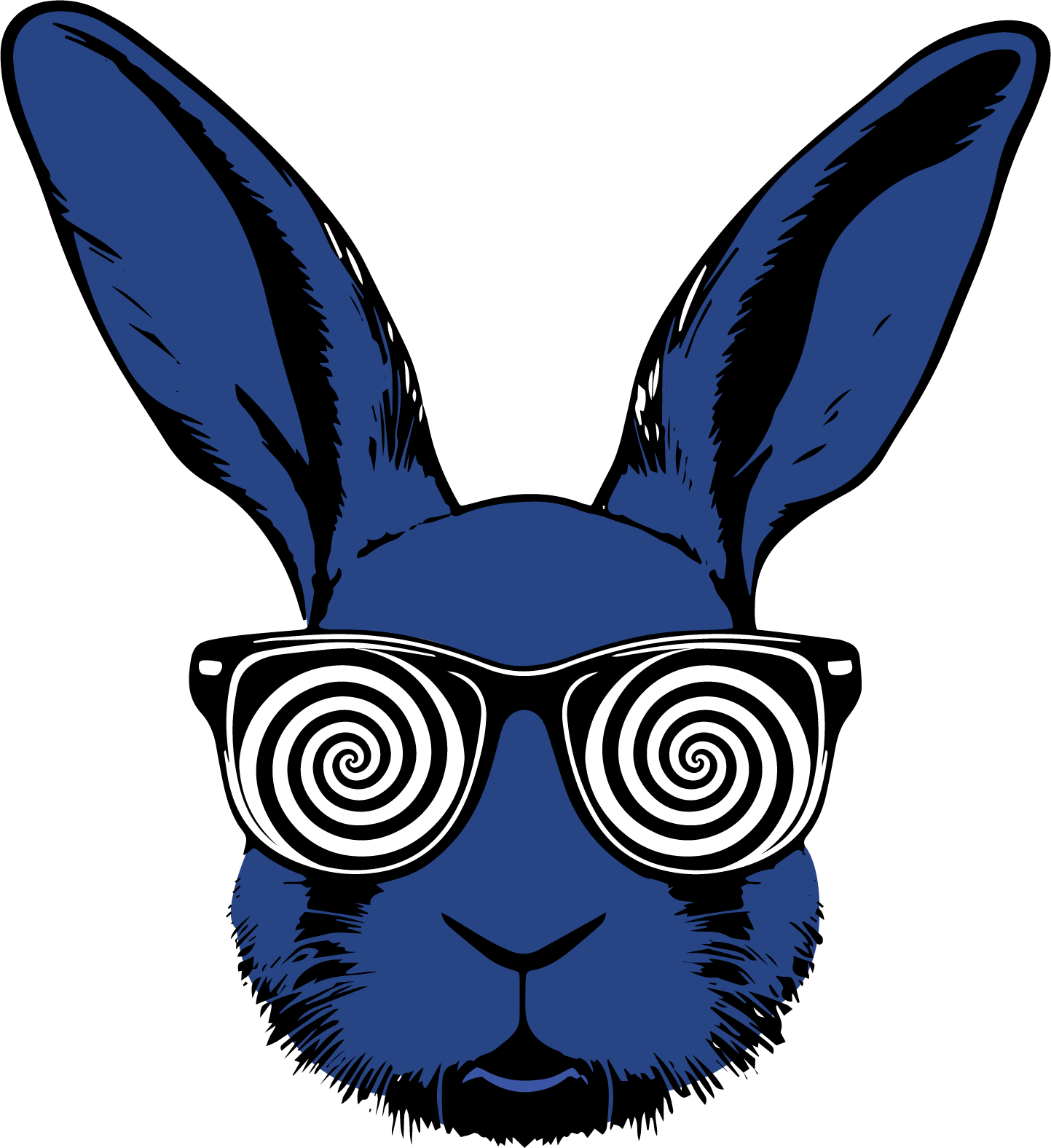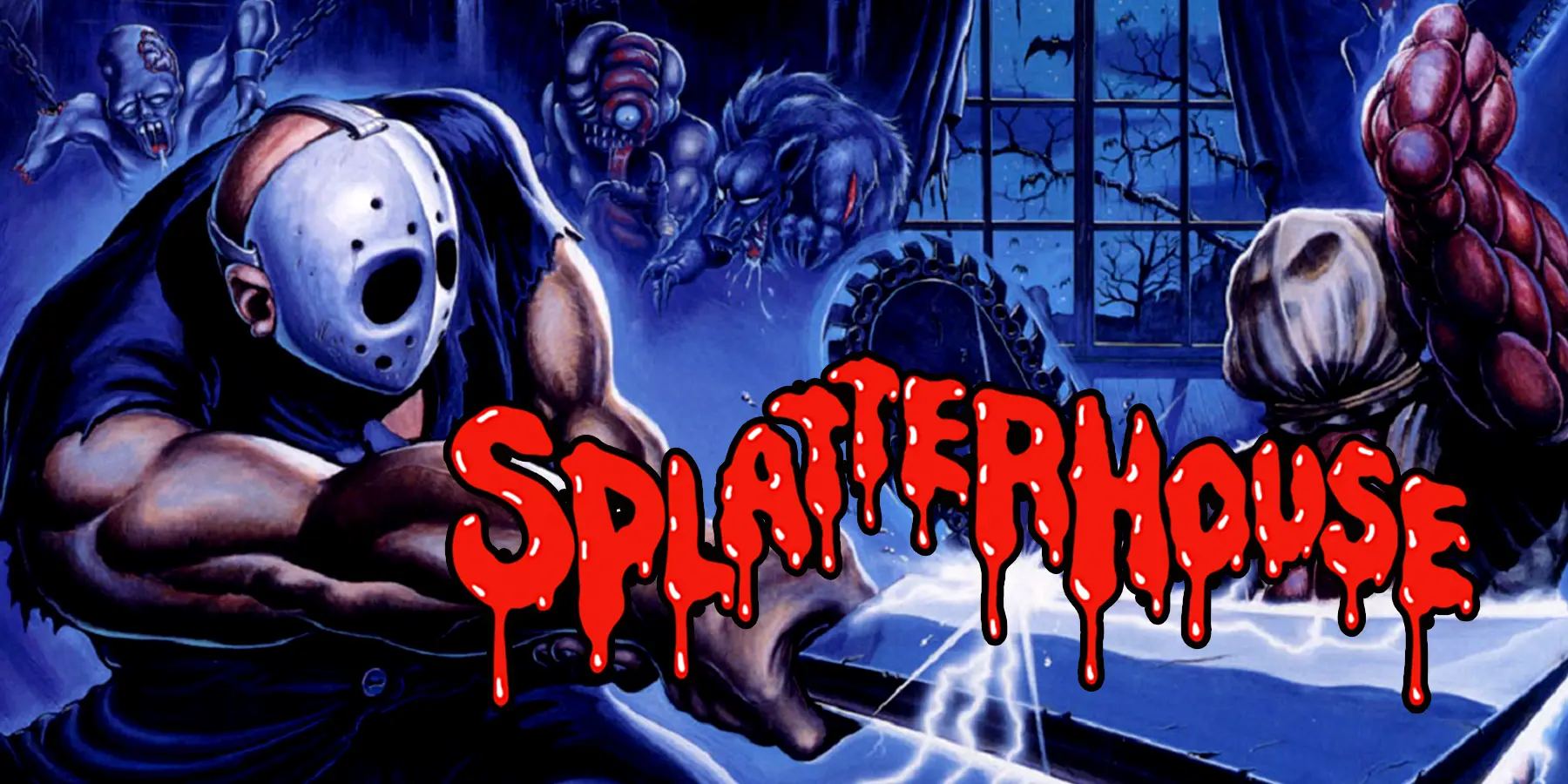Bigfoot—also known as Sasquatch, Grassman, and many other names—is one of the most enduring and mysterious figures in North American folklore. Known for its towering, hairy figure and elusive nature, Bigfoot has captivated imaginations across centuries and cultures. With roots in Native American lore, early settler stories, and modern-day sightings, Bigfoot has evolved from a cultural legend into a global phenomenon. Let’s explore Bigfoot’s journey through history, regional variations, and its impact on pop culture.
Origins and Early Sightings
The origins of Bigfoot reach far back into Native American and First Nations lore. Native tribes across North America have long told stories of large, hairy beings who inhabit the wilderness, combining both human and animal traits. Though stories vary from tribe to tribe, certain themes remain consistent, presenting Bigfoot as a guardian of the forest, a spiritual entity, or even a dangerous trickster.
- Sasquatch: This term comes from the Halkomelem language of the Coast Salish people, translating roughly to “wild man” or “hairy man.”
- Ts’emekwes (Lummi Tribe): Known as a dark, human-like figure who lives in mountainous regions, the Ts’emekwes often acts as a warning figure in Lummi stories.
- Skookum (Chinook and Yakama Tribes): This name, meaning “strong” or “powerful,” refers to a mythical forest creature known for its strength.
- Oh-Mah (Hoopa Tribe): This term, used by the Hoopa people in Northern California, describes Bigfoot-like creatures thought to roam the region.
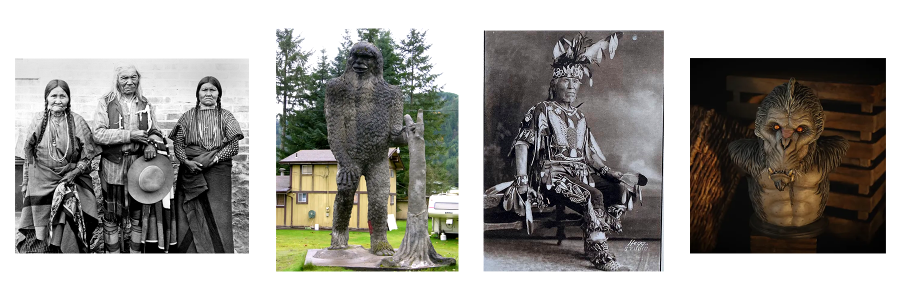
From ancient times, these creatures were seen as guardians of the wilderness, existing just outside the reach of human civilization. Stories of Bigfoot-like beings continued as European settlers arrived, blending indigenous folklore with their own fears of the unknown wilderness.
Native American Belief Systems and Names
Different Native American tribes have distinct names and interpretations for Bigfoot, reflecting a rich tapestry of cultural beliefs surrounding these mysterious beings.
- Stick Indians (Pacific Northwest Tribes): Supernatural forest beings that lead people astray, often depicted as tricksters similar to Bigfoot.
- Windigo/Wendigo (Algonquian Tribes): Known as a man-eating creature, the Wendigo haunts northern forests, bearing some thematic similarities to Bigfoot.
- Shoonshoonootr (Kwatkiutl Tribe): A nocturnal giant covered in hair that is said to roam the forest at night.
- Yeti (Himalayan Region): Also known as the “Abominable Snowman,” this creature of Nepalese and Tibetan lore shares many traits with Bigfoot, particularly its elusive nature.
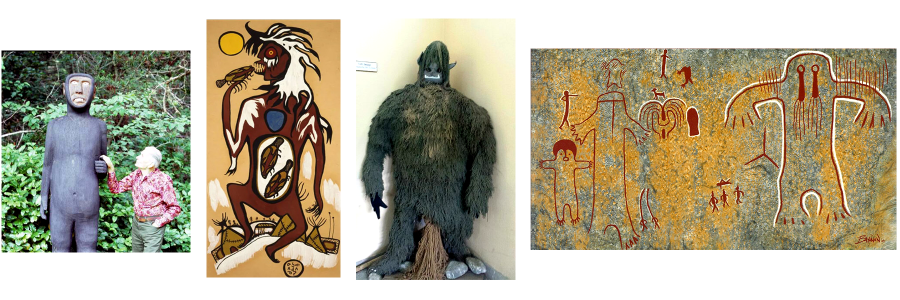
Each iteration of Bigfoot within Native American tribes showcases the diversity of these beings as spiritual figures, guardians, or even dangerous entities in the forest.
European Settler Folklore and Bigfoot Sightings
As European settlers moved westward, they encountered Native stories of Bigfoot and integrated these tales into their own folklore. Sightings of large, hairy creatures began to emerge as early as the 1800s, with reports describing wild men, ape-like beings, or other mysterious entities lurking in the wilderness.
- Bluff Creek, California (1958): Large footprints found in Bluff Creek captured public attention and sparked the modern Bigfoot phenomenon. Although later revealed as a hoax by Ray Wallace, these footprints cemented Bigfoot’s place in popular culture.
- Patterson-Gimlin Film (1967): Perhaps the most famous piece of Bigfoot “evidence,” this short film allegedly shows a female Bigfoot walking through Bluff Creek. Despite ongoing debate, it remains a cornerstone of Bigfoot lore.
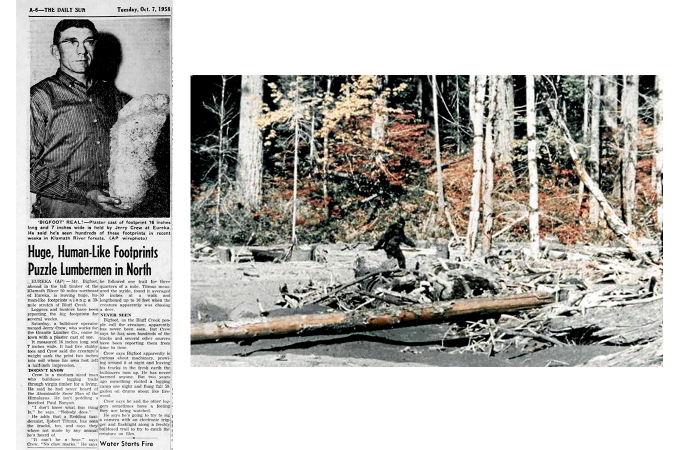
As settlers recorded their own encounters, Bigfoot transitioned from an indigenous myth into a character that fascinated and terrified the broader public.
Regional Variants and Other Names for Bigfoot
As the legend spread, different regions developed their own versions of Bigfoot, each with distinct characteristics and cultural significance. Here are some notable regional variants:
- Grassman (Ohio): Known for its more aggressive nature, Grassman is said to inhabit the grasslands and forests of Ohio, with sightings dating back to the 1800s.
- Momo (Missouri Monster): Sightings in Missouri describe a Bigfoot-like creature covered in thick black fur, often seen near the Mississippi River.
- Skunk Ape (Florida): Known for its foul odor, the Skunk Ape is a swamp-dwelling variant of Bigfoot found in the southeastern United States, especially in Florida.
- Yowie (Australia): Australia’s own Bigfoot, described as a large, hairy creature, and deeply embedded in Aboriginal folklore.
- Almas (Central Asia): A creature resembling Bigfoot from Mongolian and Central Asian legends, described as a wild human or ape-man living in remote mountain regions.
- Mapinguari (South America): A cryptid linked to the Amazon jungle, it is described as a massive, ape-like creature with a powerful odor and large claws.
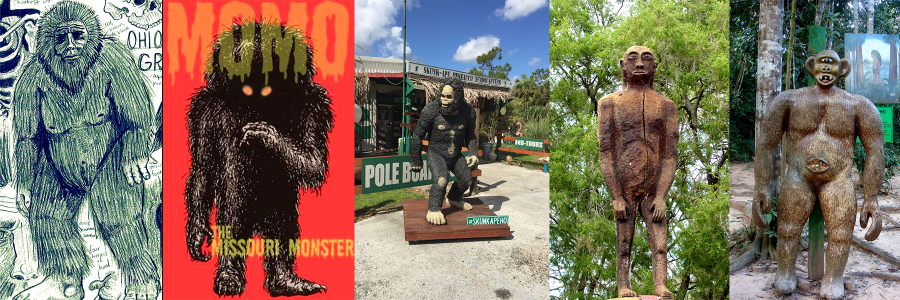
Each regional variant reflects local environments, cultural perspectives, and human curiosity about the wild and unexplored.
Skepticism and Cryptozoology
Despite countless sightings, footprint evidence, and supposed encounters, Bigfoot remains unproven by science, relegated to the field of cryptozoology—the study of unknown or hidden animals.
- Lack of Physical Evidence: Skeptics argue that the absence of definitive physical evidence, such as bones or biological samples, suggests Bigfoot is more legend than reality.
- Misidentifications and Hoaxes: Many sightings are attributed to hoaxes, misidentifications of animals, or mass hysteria, with notable cases, like the 1958 Bluff Creek footprints, being exposed as fabrications.
While skeptics view Bigfoot as a legend without substance, cryptozoologists and believers hold that it could be an elusive species yet to be discovered.
Bigfoot in Pop Culture and Entertainment
Bigfoot has evolved from a folkloric figure into an enduring pop culture icon, appearing in everything from comic books to blockbuster movies.
- Movies: Bigfoot has starred in a variety of films, from the family-friendly Harry and the Hendersons (1987) to horror titles like Willow Creek (2013) and Exists (2014), where the creature is portrayed in a terrifying light.
- Comics: Bigfoot has also appeared in comics such as “Bigfoot” by Steve Niles and Rob Zombie.
- TV Shows and Documentaries: Numerous documentaries and series explore Bigfoot’s existence, examining eyewitness accounts, evidence, and possible habitats. Shows like Finding Bigfoot have kept public interest alive, showcasing investigations and theories.
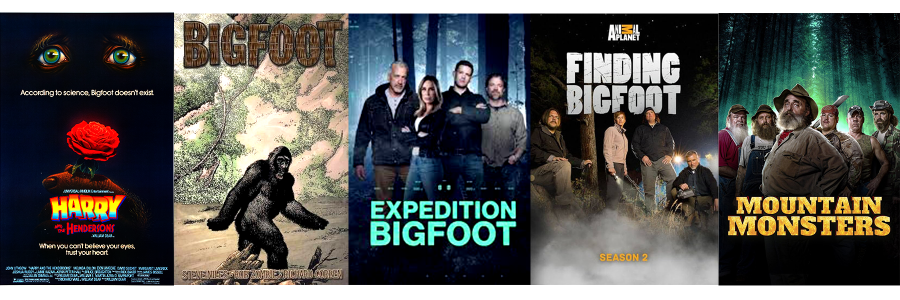
From lighthearted portrayals to spine-chilling encounters, Bigfoot has found a permanent home in pop culture, continuously inspiring new stories and interpretations.
Bigfoot’s Enduring Mystery
Bigfoot represents humanity’s fascination with the unknown and the wild places that lie just beyond our reach. Rooted in Native American traditions and evolving through settler folklore, Bigfoot has become an icon of both American culture and the world’s love of mystery. Whether real or imaginary, Bigfoot continues to captivate, inspiring tales of adventure, fear, and wonder across generations.

